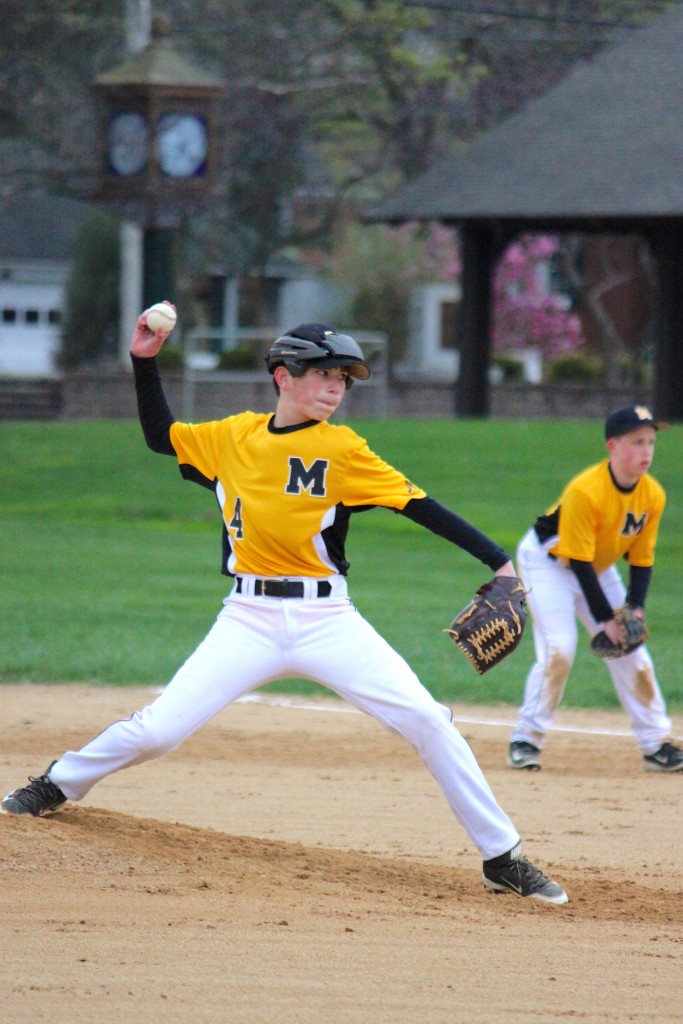The rear seat of Bob’s truck is equipped with only three seat belts, but somehow the four 11 to 12-year old boys squished together, the two on either end angling their bodies sideways, just enough for all of them to fit in snuggly. You gotta really like your teammates to get that close to them – especially in soggy uniforms. And it was evident that they did.
I’m not certain exactly how we ended up as hosts to these specific players – or any players for that matter – except to say that the early evening cloud burst had kicked-up so fast and furious that it was each person for him or herself when it came to grabbing the closest available umbrella or hopping into the nearest vehicle.
So as the rain pelted the vinyl covering over the truck bed, where the equipment bag and ball bucket also were taking shelter from the storm, the four Indian players entertained Bob and me with their banter, wisecracks, friendly put-downs, and quirky observations about themselves and their teammates. I showed them a few short, family videos and some photos from my smartphone, and they asked us some get-to-know-you-better kind of questions like, “Did you really have a mustache, Bob? Is that picture from when you were first married? How long have you been married? What kind of dog is Izzy? Whoa Bob, did you sink that puck through the little slot and win the $10,000 when you were on the ice between periods at the hockey game?” (Uh, no!)
They told us their funny little stories, and we told them a few of our own. You know, the kind of stuff you hear and say around the family dinner table. We laughed. And then, almost as quickly as it had begun, it was over – the rain, the banter, the questions, the laughing. The kids piled out in search of their families, who also had sought refuge in various places of convenience during the storm. And there we sat, just Bob and me, alone now with the musty smell of damp truck seats, sweaty bodies, and wet baseball uniforms.
It was the most fun I remember ever having during a rain delay (which eventually turned into a postponement).


